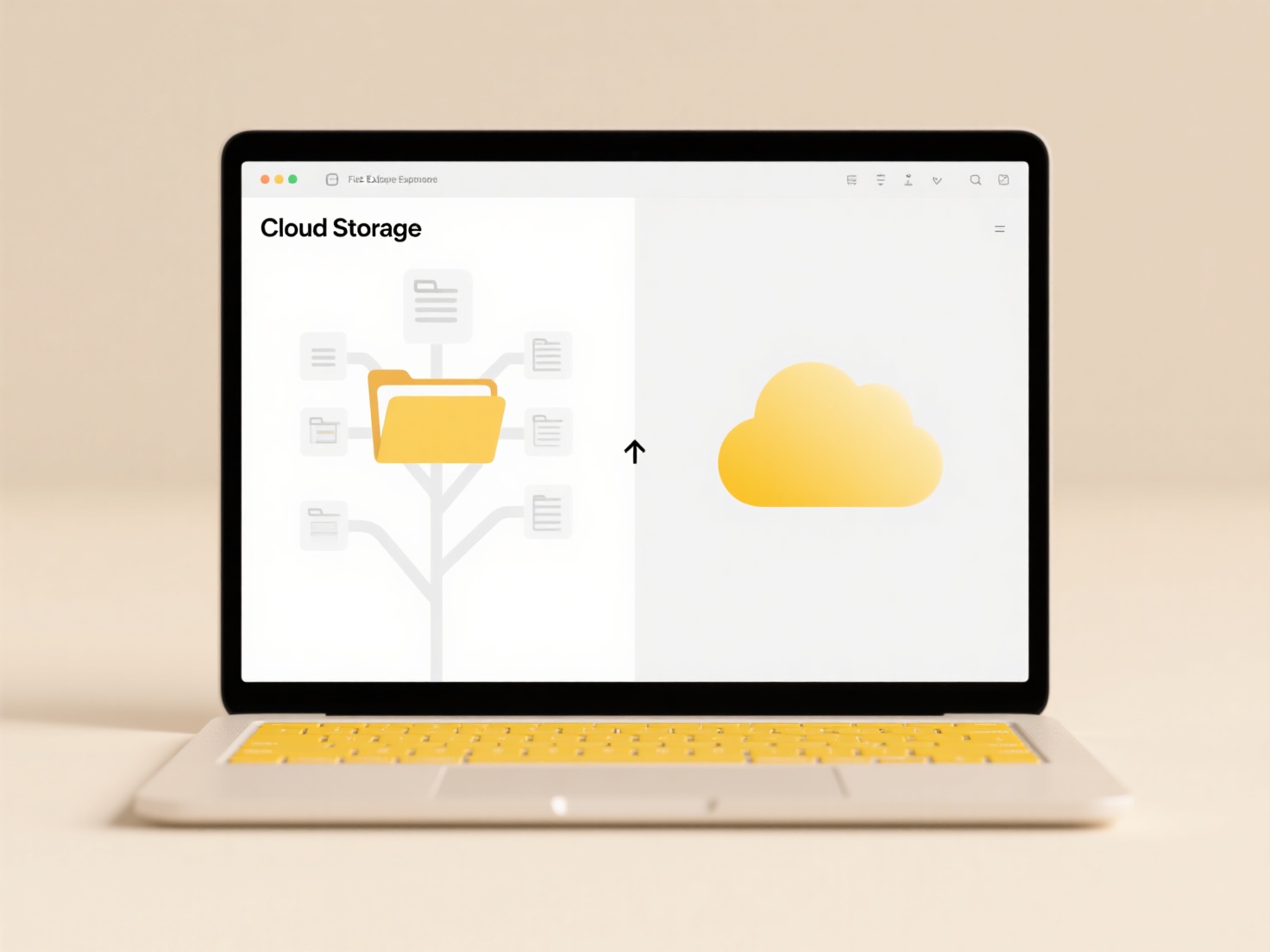
When files are copied, they typically lose their original permissions because the copying process creates entirely new file instances. Permissions (like read, write, and execute settings for different users or groups) are not inherent properties stored solely within the file's content; they are metadata managed by the operating system's file system and linked to the specific location of the original file. Copying involves reading the content of the original file and writing that data to a new location. This new file inherits the default permissions set for its target location, not the permissions of the source.
For example, if you copy a file from a protected server folder to your local desktop folder, the copy on your desktop will likely have permissions reflecting your personal user account's defaults for the desktop folder. Similarly, uploading a file to a cloud storage service (like Dropbox or OneDrive) or copying to an external USB drive usually involves the target platform applying its own standard permission set during the copy/upload operation.

Losing permissions during copying is primarily a security feature to prevent unintentionally granting elevated access when moving files to less secure environments. However, it requires users to actively set correct permissions on the copies afterward, which can be cumbersome and poses risks if sensitive data is copied without proper restrictions re-applied. Tools exist to copy permission metadata (like cp -p or rsync -a on Linux/Mac, or the icacls /copyall command on Windows) but are not the default behavior in standard file copy operations.
Why do copied files lose their original permissions?
When files are copied, they typically lose their original permissions because the copying process creates entirely new file instances. Permissions (like read, write, and execute settings for different users or groups) are not inherent properties stored solely within the file's content; they are metadata managed by the operating system's file system and linked to the specific location of the original file. Copying involves reading the content of the original file and writing that data to a new location. This new file inherits the default permissions set for its target location, not the permissions of the source.
For example, if you copy a file from a protected server folder to your local desktop folder, the copy on your desktop will likely have permissions reflecting your personal user account's defaults for the desktop folder. Similarly, uploading a file to a cloud storage service (like Dropbox or OneDrive) or copying to an external USB drive usually involves the target platform applying its own standard permission set during the copy/upload operation.

Losing permissions during copying is primarily a security feature to prevent unintentionally granting elevated access when moving files to less secure environments. However, it requires users to actively set correct permissions on the copies afterward, which can be cumbersome and poses risks if sensitive data is copied without proper restrictions re-applied. Tools exist to copy permission metadata (like cp -p or rsync -a on Linux/Mac, or the icacls /copyall command on Windows) but are not the default behavior in standard file copy operations.
Quick Article Links
Can I lock syncing during critical processes (e.g. video export)?
Locking syncing during critical processes prevents cloud storage services from automatically transferring files while a ...
What should I do if I can’t find where I exported the file?
When you can't find an exported file, it means the file you intentionally saved (exported) from an application isn't whe...
Can I remove all sharing from a file?
Removing all sharing typically refers to revoking access permissions for a specific file, ensuring no other users can vi...